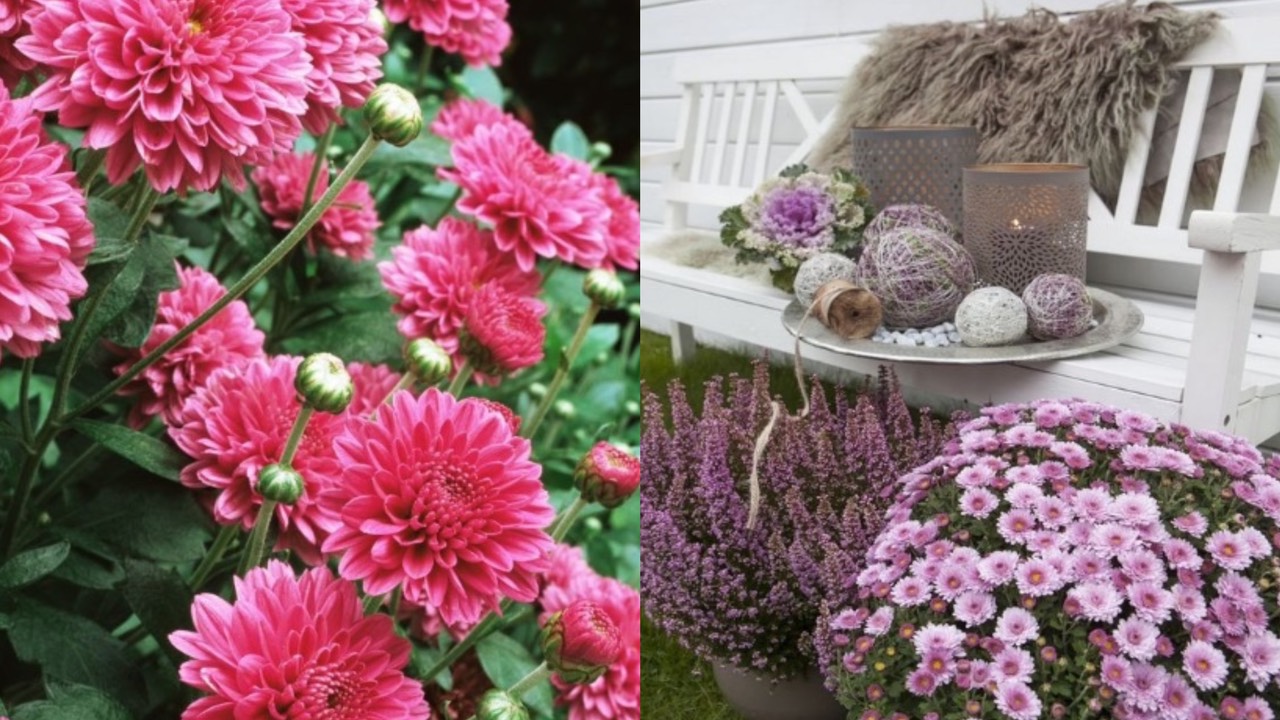
The chrysanthemums are known as “daisy daisies” are flowers of about 30 perennials, belonging to the Asteraceae family, native to Asia and northeastern Europe.
The flowers, varied in color, are combined in calamities of shapes, sizes, and different types: daisies, anemone, spider (spider), pompon, globular. The plant can be driven with one or more floral stems, and each stem can be driven with a single inflorescence at the top (standard or uniform chrysanthemum) or with several inflorescences at the top (chrysanthemum, spray, bouquet).

Amazing petunia: a magnificent decoration for any garden
Of great importance in a chrysanthemum culture are the cutting works, and the most important of these, in order to obtain the type of flower, is amazing. Specifically, to obtain the standard chrysanthemum, one fresh, one main or a secondary one is stopped on the plant after the blooming work, but the best placed, the rest being eliminated. In order to obtain the chrysanthemum, or “Dutch”, as they are said by some florists, the main freshman and, optionally, a part of the lateral bobs are removed. Eliminating freshness is done by breaking when they are large enough to be grasped between the fingers, but the work must be repeated several times, depending on the particularities of the various growth.

Although cultivated as an annual plant, chrysanthemum is a perennial plant. It dominates the gardens during autumn, blooming from late August to late November.

In order to best act, chrysanthemums require a well-drained soil exposed to the sun or the penumbra. Cultivated in pots or gardening. Watering is often done, but not in excess, preferably in the early morning.
If planted in the garden or pot, it requires regular monthly fertilization. But if it is planted in the garden, it does not require additional fertilization.
























